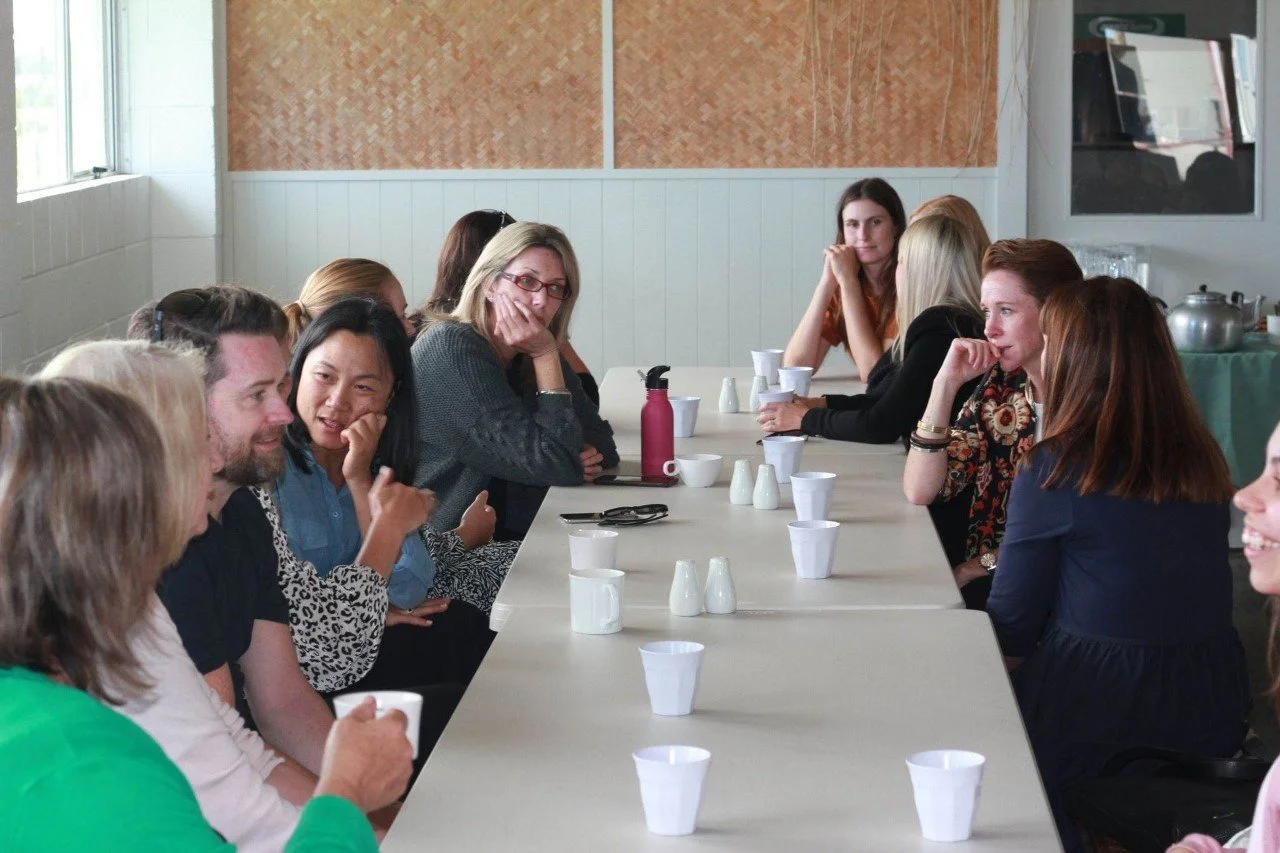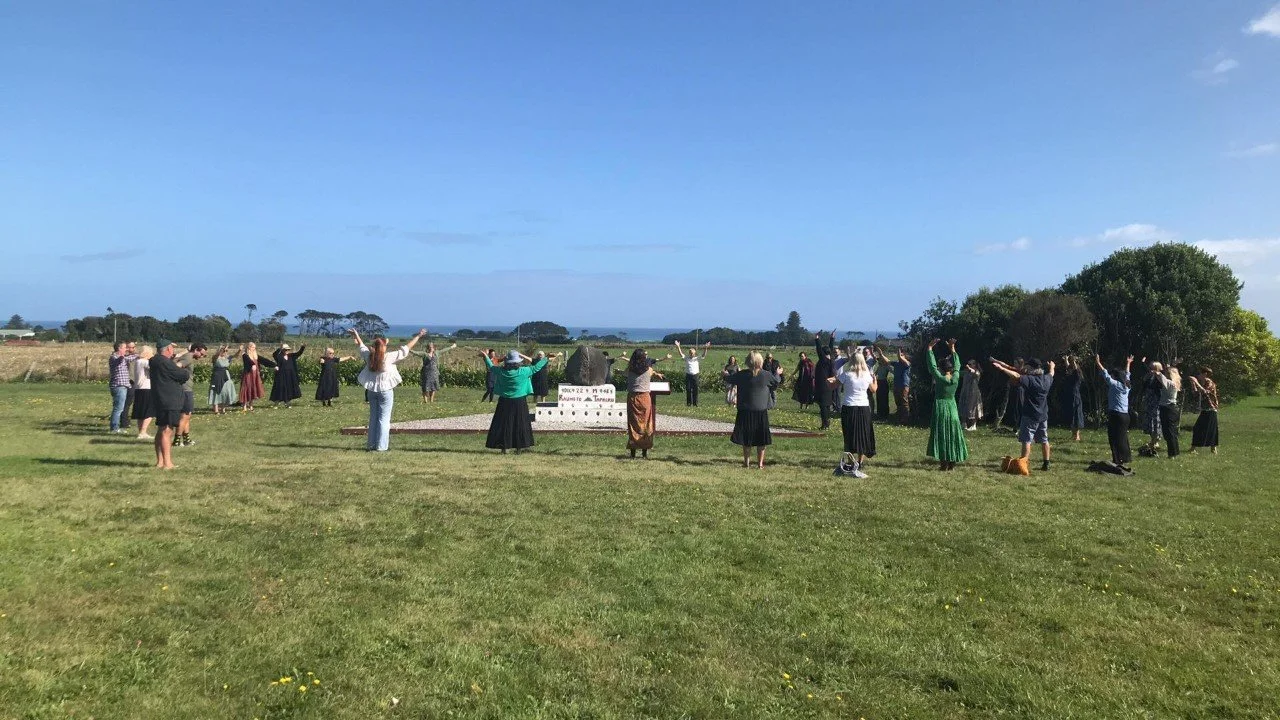Te Ara Taiao for Teachers and Tamariki
A collaboration between local hapū, the Department of Conservation, Sustainable Taranaki, and other local stakeholders, Te Ara Taiao aims to enhance connections between schools, hapū, and community so that students can develop environmental leadership to enhance the mauri and ecology of the Whenua, Awa and Moana.
The progressive programme unique to our region is not just set up for Tamariki and their learning, but also for Teacher Development. “Teacher Development has been a big focus for Te Ara Taiao,” notes Tane Manukonga, Kaiwhakahaere Regional Manager of Te Ara Taiao since its inception in October 2020. Both go hand in hand in creating a vibrant, culturally rich future for generations to come.
Te Ara Taiao offers upskilling and cultural experiences, such as Teacher Development Days, which build cultural capacity and understanding for teachers by inviting them to a marae. Bringing together Mana Whenua from within the rohe helps to embed knowledge through an authentic learning experience guided by the local landscape korero of the local Hapū, Ngā Mahanga a Tairi. Teacher Development Days strengthen the relationship between the schools and Hapū and by empowering the educators, the tamariki grow up with increased understanding and compassion for our taiao (environment) with a unique indigenous lens. Going further, the New Zealand history curriculum is being mobilized by Te Ara Taiao, and this programme helps to enhance the schools’ ability to deliver this information confidently.
In the last two years, there have been four teacher development days offered, with the latest held at Puniho Pā. There were three speakers, Naomi Puketapu spoke about our Moana and the rahui, which is a form of tapu restricting access to, or use of, an area or resource by the kaitiakitanga of the area. The New Zealand Gazette states the clause, “A person must not take any shellfish (except rock lobster), any conger eels, any seaweed (excluding beach cast seaweed) and any anemones from Western Taranaki while this notice is in force.”
The two-year ban enables mana whenua to look for a long-term strategy to protect our kai moana and continue monitoring the reefs without. The other speakers were Te Ingo Ngaia, Kaiako at Te Wānanga o Aotearoa, who expanded on cultural kōrero and reo tikanga, and Marie Gregory-Hunt, who shared about Rongoā resources, the traditional healing system of Māori and rakau, our native trees. Everyone enjoyed the guest speakers and many walked away with a full kete, or basket of knowledge, feeling empowered.
“Ka nui te mihi ki te whanau o Te Ara Taiao mot e ra nei. Was so cool to be part of such a great kaupapa.” – Marie Gregory-Hunt, Rongoa expert NGĀTI MARU KAIRURUKU-EDUCATION COORDINATOR
Previous development days held at Okorotua Marae and Pukeiti Gardens inspired an interest in Māori world view of wai (water), and Te Kahui o Taranaki Toa Taiao supported this interest during that particular development day. Another training day at Pukeiti upskilled teachers on the updated New Zealand history curriculum and the values of Mana Atua, Manu Tipuna, Mana Tangata, and Mana Whenua.
“When the teachers leave, we want there to be an improved understanding or maramatanga, enlightenment,” notes Manukonga. This is nourished through strengthened relationships among local iwi and schools.
Teachers were asked to describe their experience at Puniho Pā in one word. The words that came back were “inspiring, connectedness, welcoming, authenticity.”
Another date has not been set for a Teacher Development Day, but there is an obvious demand for more of these regularly. If you’d like to be in the know please sign up using the form below.
Read more about Te Ara Taiao:
What is the Te Ara Taiao programme?
Recent Te Ara Taiao stories




